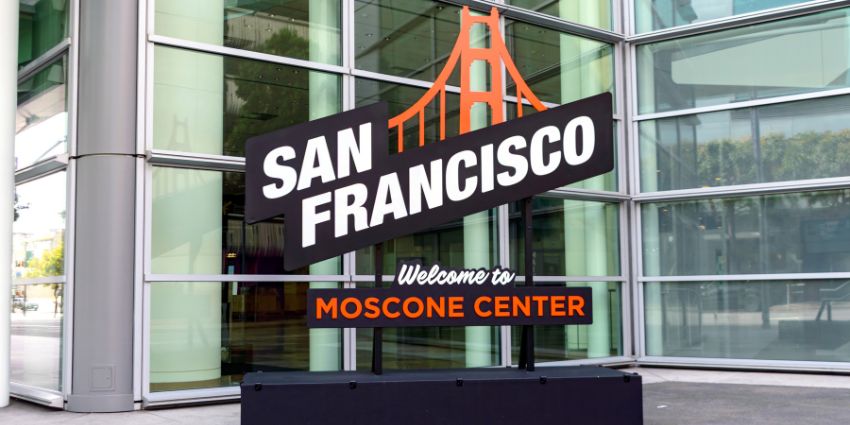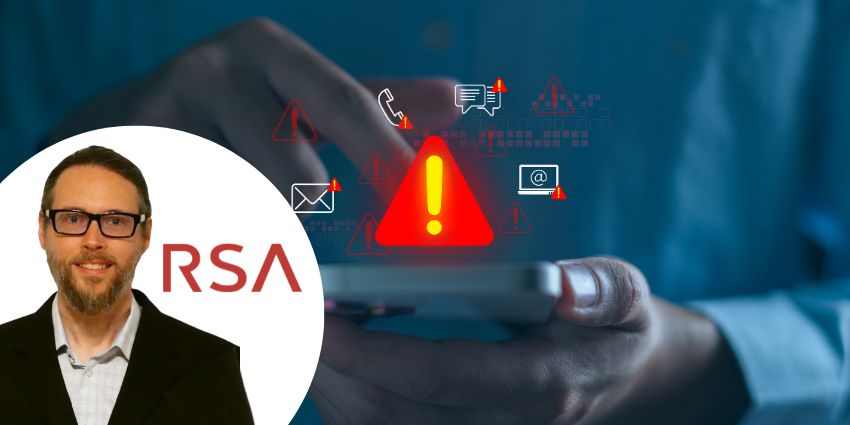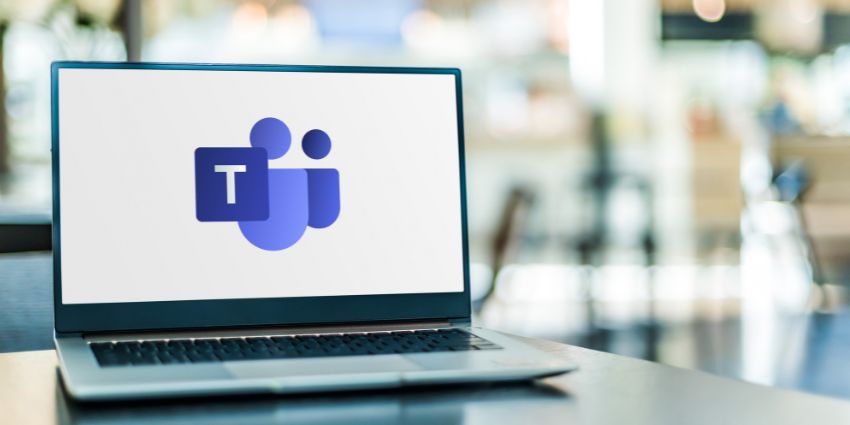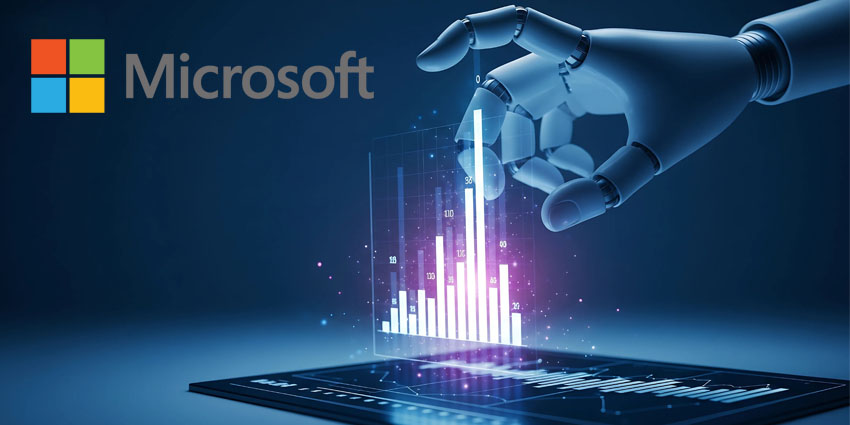Cisco has announced the release of new solution AI Defense in a move that promises to bring security to the enterprise AI process.
“Business and technology leaders can’t afford to sacrifice safety for speed when embracing AI,”
Jeetu Patel, Executive Vice President and Chief Product Officer at Cisco, said.
Announced on 15 January, the solution will be available in March for enterprises.
But what exactly does it include?
Security for AI Development
Cisco’s new solution is designed to provide comprehensive protection for both the development and utilisation of AI applications within an organisation, enabling businesses to feel confident to advance their AI initiatives.
Built into Cisco’s Security Cloud, AI Defense is part of a unified, AI-driven, cross-domain security ecosystem.
This includes the misuse of AI tools, data leakage and increasing cyberthreats, all of which existing point security offerings are not equipped to handle during the development, deployment and ongoing use of AI apps, Patel said.
Fused into the fabric of the network, Cisco AI Defense combines the unique ability to detect and protect against threats when developing and accessing AI applications without trade offs.
By utilising Cisco’s experience in network visibility and control, with an extensive mesh of enforcement points that perform AI security at the network level, it stays ahead of evolving AI safety and security concerns.
This yields one of the key features of AI Defense, which is its ability to discover AI applications across public and private clouds.
This approach is particularly crucial as businesses move beyond public data and begin training models on proprietary information.
With some companies lacking a unified policy on generative AI use, with Deloitte showing nearly a third of UK employees who use the tech pay for it themselves, then this significantly increasing the associated risks.
This capability therefore allows security teams to gain a comprehensive understanding of who is building applications and the training sources they are using.
By detecting both shadow and sanctioned AI applications, organisations can maintain better control over their AI ecosystem.
Model validation is another critical component of the AI Defense arsenal. As model tuning can lead to unexpected and potentially toxic outcomes, Cisco’s solution incorporates automated testing that checks AI models for hundreds of potential safety and security issues.
This AI-driven algorithmic red team identifies vulnerabilities and recommends guardrails, enabling security teams to proactively address potential threats.
Runtime security is also a focal point of the AI Defense platform.
By implementing continuous validation, the solution safeguards against ongoing safety and security threats such as prompt injection, denial of service attacks, and sensitive data leakage.
This is crucial as even the most highly developed AI models—like OpenAI’s ChatGPT—has been prompted to reveal sensitive details about their inner workings and then had to be reworked.
This real-time protection ensures that AI applications remain secure throughout their lifecycle.
AI Defense is therefore able to address critical security gaps in the lifecycle of enterprise AI.
Securing Access to AI Applications
In addition to visibility, the AI Defense solution empowers security teams with granular access control capabilities, allowing them to implement policies that restrict employee access to unsanctioned AI tools.
This feature is crucial in preventing unauthorised use of potentially risky AI applications that could compromise enterprise security.
By continuously safeguarding against threats and confidential data loss, the solution ensures protection from unauthorised access or exfiltration.
This keeps companies in tow with compliance with regulatory requirements, something Cisco is well attuned to having been actively involved in developing AI security industry standards for regulations like MITRE, OWASP, and NIST.
It is also set to prepare for securing the next iteration of AI. Unlike safety guardrails built into individual AI models, Cisco’s AI Defense delivers consistent controls for a multi-model world.
The AI Defense platform is self-optimising, fed threat intelligence data from Cisco’s cyber arm Cisco Talos, and leverages Cisco’s proprietary machine learning models to detect and respond to ever-evolving AI safety and security concerns.
All this is able to seamlessly integrates with existing data flows, providing unparalleled visibility and control across the enterprise IT environment.
Cisco’s Implementation of AI Security
The introduction of Cisco AI Defense comes at a critical time for enterprise AI adoption.
According to Cisco’s 2024 AI Readiness Index, only 29% of surveyed organizations feel fully equipped to detect and prevent unauthorised tampering with AI.
Despite this being a comprehensive offer, Cisco is no stranger to implementing AI security, particularly when it comes to data loss.
Its UCaaS arm Webex has implemented robust AI guardrails to keep users operating within safe and compliant parameters, designating input and model output to its Webex Virtual Agent as either “safe” or “unsafe”.







